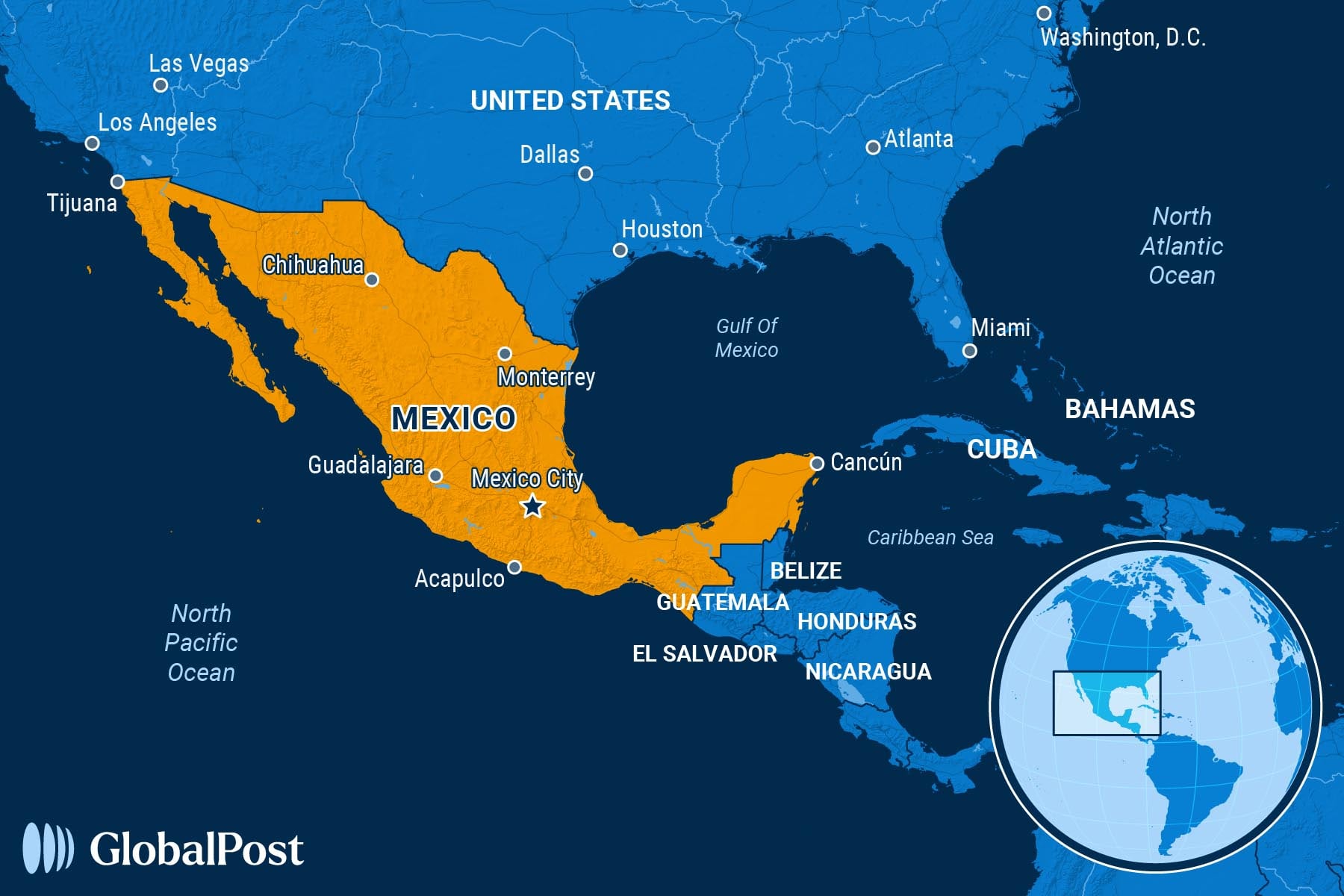The Lingering Epidemic: Mexico Grapples With Growing Number of the ‘Disappeared’

In March, furious protesters placed 400 pairs of shoes on the ground at Mexico City’s Zócalo plaza, in front of the National Palace, as well as in other squares around the country.
The shoes were a representation of hundreds of pairs found at the site of a mass grave, likely belonging to some of the 130,000 who have gone missing in the past few decades and haven’t been found.
Protesters wanted to make sure that President Claudia Sheinbaum, who lives and works on that plaza, got the message.
“We want to know where they are,” Gustavo Sánchez told Al Jazeera, referring to his son, Abraham Zeidy Hernández, who disappeared in the state of Nuevo León last year.
But the family members and friends of those who have disappeared, who marched again across cities and towns in Mexico late last month, say that efforts to find them remain lagging in spite of Sheinbaum’s campaign promises last year. Meanwhile, the numbers are growing.
The number of missing people in Mexico increased 12 percent in 2025, double the amount of the increase last year, according to the Mexican Institute of Human Rights and Democracy.
Sheinbaum has tried to increase coordination between law enforcement, the state, and the federal government, and told police to investigate disappearances immediately instead of waiting 72 hours. However, family members of those missing say the efforts aren’t enough.
While being “disappeared” has always been an issue in Mexico – and in Central and South America – since the 1960s, most of those 130,000 who are currently missing have disappeared since 2007, when then-President Felipe Calderón launched his “war on drugs” and the biggest cartels. In many cases, those who disappeared were forcibly recruited by drug cartels – or murdered for resisting them.
“The violence erupted very quickly once the war on the cartels began,” Eurasia Group’s Mexico analyst Andrea Villegas told Gzero. “So that leads to more inter-cartel violence as well, because when one group is dismantled, rival organizations fight to seize its territory and establish control.”
These criminal organizations use killing or disappearances as a means of punishment to keep order within the camp or in areas they control. They also use disappearances as a way to sow fear in a population, “creating a climate of suspicion and betrayal,” wrote University of Bath professor, Brad Evans, in the Conversation.
While drug cartels and organized crime groups are the main perpetrators, say analysts, security forces are also responsible for disappearances and the deaths that have occurred across the country.
For example, in 2023, a government truth commission determined that local, state, and federal authorities cooperated with one gang in the murder of the 43 students who disappeared in 2014 in Iguala in southern Mexico, labeling it a “state crime.”
In that same year, officials arrested at least 98 police officers, soldiers, and civil servants who were suspected of being involved in that case. To date, the remains of only three of the students have been found.
As a result, numerous volunteer groups, often including family members of the disappeared, have formed search teams, known as “Buscadores,” to hunt for their loved ones, and by doing so, put themselves in grave danger.
In March, one search team called the Warrior Searchers of Jalisco found a mass grave at Rancho Izaguirre in Teuchitlan, Jalisco state, with ashes, bones, and hundreds of items of clothing, including the hundreds of pairs of shoes, thought to be from victims who were murdered and allegedly cremated in ovens at the ranch, now called “an extermination site.”
Meanwhile, after the discovery, several members of the search team disappeared.
The discovery of the mass grave, something that has become a normal occurrence in the country, even shocked Mexicans: Protests and vigils broke out around the country to demand more action against the cartels by the government.
Part of the furor over the discovery was caused by the fact that the ranch, which was allegedly used by the Cártel Jalisco Nueva Generación, had already been previously inspected by local authorities and the National Guard six months earlier. Officials missed what was easily found by the searchers group, the latter said.
“The discovery exposed the brutality of organized crime and the omissions, negligence and cover-ups that have allowed it to operate with total impunity for so long,” said Anna Karolina Chimiak, co-director of the Justice Center for Peace and Development (CEPAD), a civil society organization in Jalisco state that works on the enforced disappearance issue, in an interview with Civicus Lens. “It is not credible that a place like this could have operated for so long without the authorities knowing about it.”

Subscribe today and GlobalPost will be in your inbox the next weekday morning
Join us today and pay only $46 for an annual subscription, or less than $4 a month for our unique insights into crucial developments on the world stage. It’s by far the best investment you can make to expand your knowledge of the world.
And you get a free two-week trial with no obligation to continue.
